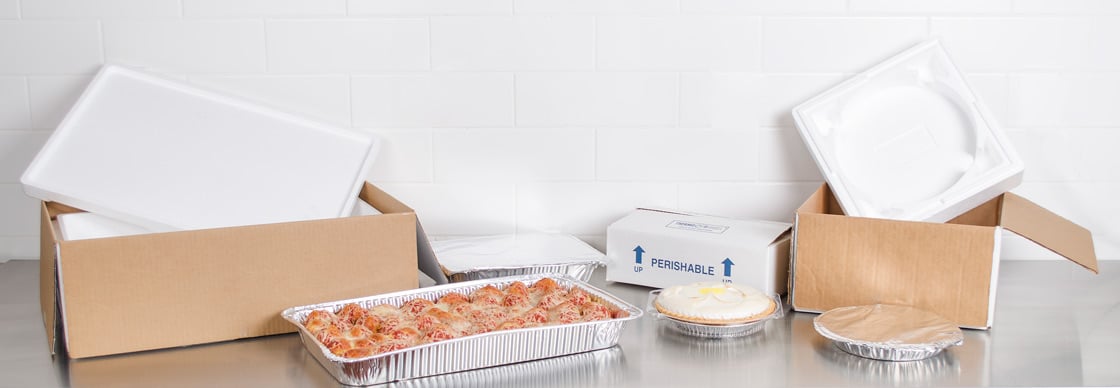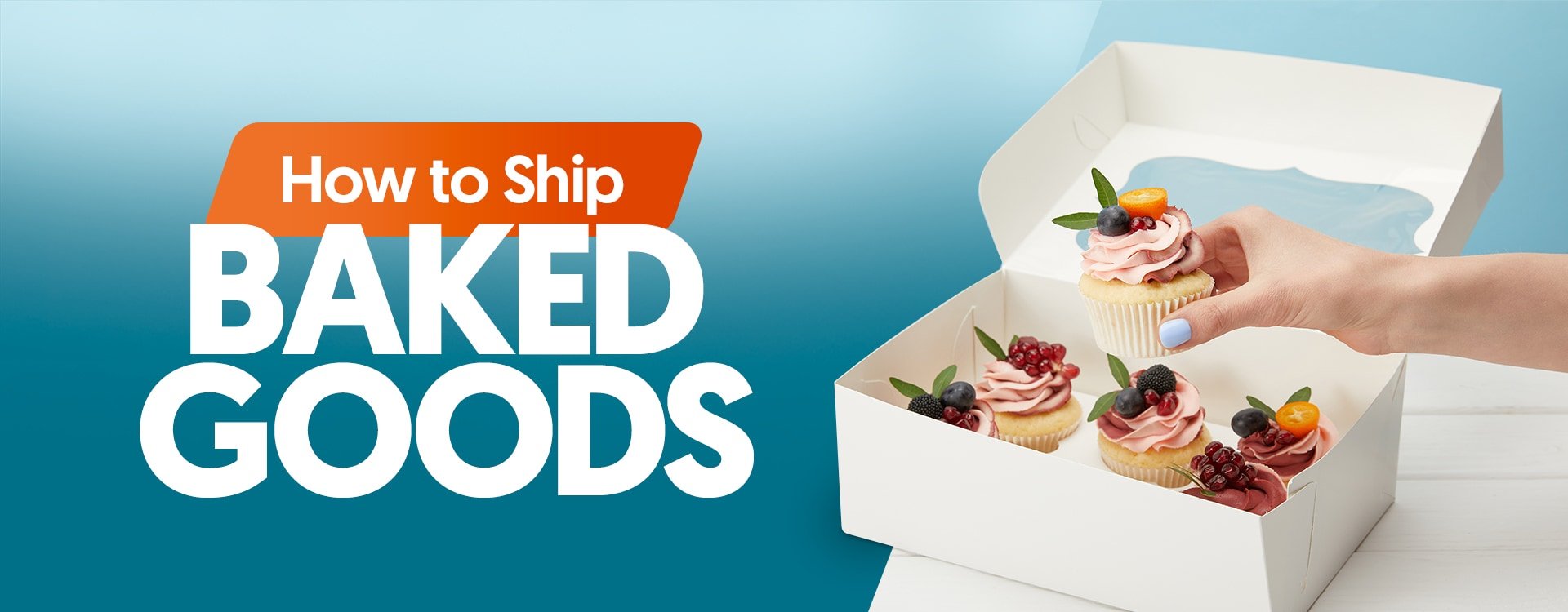ニュース Can you pack food in a shipping container?. トピックに関する記事 – Can you store food in a shipping container

Many chefs, restaurants and business owners have found that using dry storage shipping containers as a portable pantry is an affordable option to keep nonperishables on hand and safe from contamination.Here are some of the plastics that should not be used to store food as they are known for leaching chemicals: BPA (Bisphenol A) PVC. Polystyrene (PS)Choose strong, non-toxic food storage containers
Make sure your food storage containers are clean and in good condition, and only use them for storing food. Cover them with tight-fitting lids, foil or plastic film to minimise potential contamination.

Which container is suitable for transporting foodInsulated or thermal containers – also suitable for long-distance transportation, they offer regulated temperature control to maintain a higher temperature.
How long can food stay in a container
High-acid canned goods such as tomato products, juice, fruit, pickles, sauerkraut and foods in vinegar-based sauces can be stored five to seven days. Low-acid canned goods, such as meat, poultry, fish, gravy, stew, soups, beans, carrots, corn, pasta, peas, potatoes and spinach) can be stored three to four days.Store cooked food airtight & labeled
Plastic and glass containers both work great as long as they form a tight seal to prevent air from getting in… and anything in the container from leaking out. Leftovers should only be kept for 3-4 days, so be sure to label the container with the date it was cooked and stored.
Is it safe to put food in plastic containers
In general, the safest choices for food use are numbers 1, 2, 4 and 5. The American Academy of Pediatrics recommends avoiding plastic containers with codes 3, 6 and 7. Plastic number 3 contains vinyl or polyvinyl chloride (PVC), 6 has polystyrene and 7 can contain various plastics, such as Bisphenol A (BPA).

That's why highly flammable substances should never be included in shipments. And the term 'highly flammable' can refer to a wide range of goods: aerosols, batteries, fireworks, fertilisers, cleaning products, nail varnish, solvents, and oils, among other things.
What can shipping containers carry
It is used for shipping a range of goods, from crude oil, raw materials, and industrial equipment, to cars, fruits, dairy, meat, apparel, and others. Goods are carried on huge container ships that can carry anywhere between 10,000 and 21,000 TEUs (twenty-foot equivalent units).Both hot and cold foods must be held at proper temperatures to prevent the growth of bacteria. Hot foods must be held at (at least) 145 F and cold foods must be held at (at most) 40 F. These temperatures must remain during the course of transportation. Then, upon arrival, the temperatures must be checked for safety.TWO HOURS
TWO HOURS is the MAXIMUM time perishable foods should be at room temperature (ONE HOUR at temperatures 90 degrees F and higher). This INCLUDES the time they're on the table during your meal. Just ONE bacterium, doubling every 20 minutes, can grow to over 2,097,152 bacteria in 7 hours!

In general, the safest choices for food use are numbers 1, 2, 4 and 5. The American Academy of Pediatrics recommends avoiding plastic containers with codes 3, 6 and 7. Plastic number 3 contains vinyl or polyvinyl chloride (PVC), 6 has polystyrene and 7 can contain various plastics, such as Bisphenol A (BPA).
Why you shouldn’t store food in plastic containersStudies have found that certain chemicals in plastic can leach out of the plastic and into the food and beverages we eat. Some of these chemicals have been linked to health problems such as metabolic disorders (including obesity) and reduced fertility.
At what temperature does plastic leach into foodPolyethylene Terephthalate (PET)
When exposed to high temperatures, food-safe PET can leach the contaminant, antimony, into your foods. On the other hand, cold foods such as salads and wraps can be packaged and stored into PET containers. PET Temperature Limits: Up to 120°F.
Can I pack food in a pod
Don't store any food, perishables, toxins, or flammables. Review the list of prohibited items in Section IV, “Limits on Use,” of your PODS Rental Agreement.

Customs and Border Protection (CBP) currently scans 3.7% of the roughly 11 million containers entering the US each year. Only about 1% of that total, or 104,000 containers, are checked at ports overseas.Things You Should Never Transport in a Shipping Container
- Living Things. Be it people, animals, or plants, shipping containers were not designed to carry living things.
- Flammable goods. Shipping containers look like they're as sturdy as you can get.
- Perishable goods.
- Small valuable or irreplaceable items.
- Illegal items.
format is a common size for intermodal containers in general. As a guide to capacity for frozen or refrigerated foods, you can fit 10 standard United States pallets, double stacked, within a 20 ft. food shipping container.
